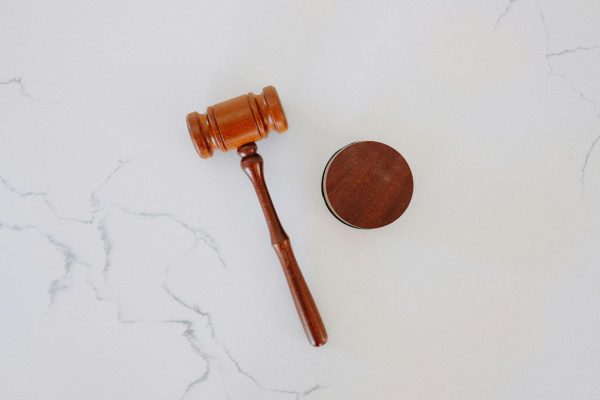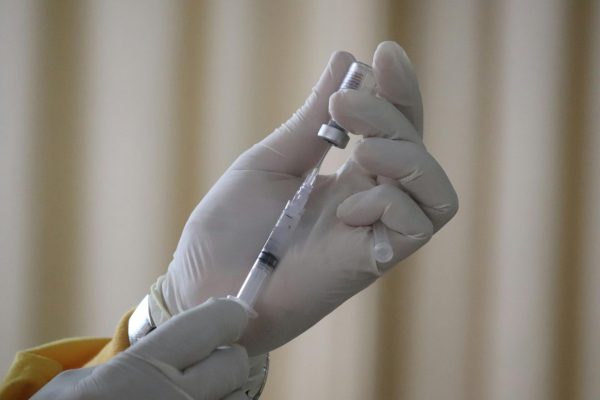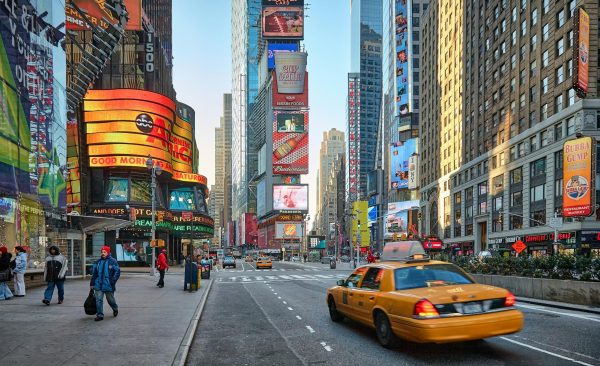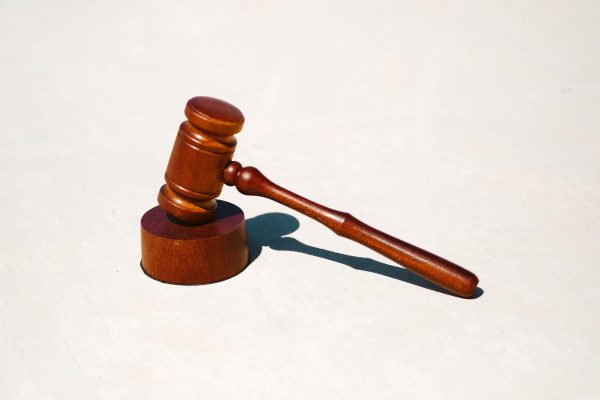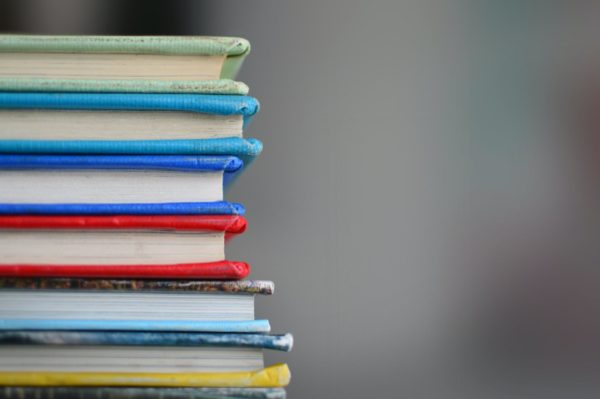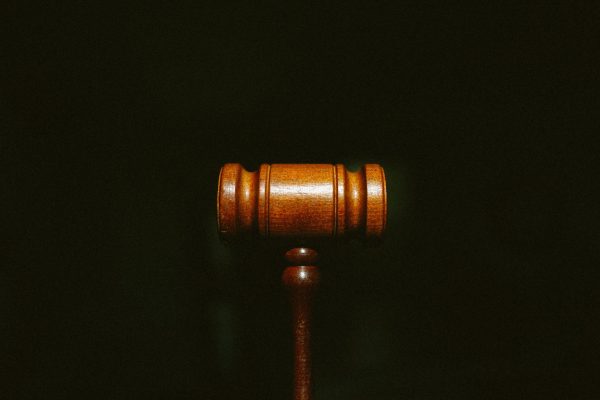Three Seniors Selected as Siemens Semifinalists
October 19, 2013
On October 18, 2013, the Siemens Foundation commended three Ward Melville seniors as semifinalists in its 2013 Siemens Competition in Math, Science, and Technology. Selected from 1,599 submissions from across the country, Harrison Li, Siavash Parkhideh, and Raymond Yin were three of three hundred thirty-one students who were chosen as the competition’s semifinalists.
Harrison Li’s meteorological project “Multidecadal Changes in the Frequency and Ambient Conditions of Warm Season Convective Storms over the Northeastern United States” aimed to establish trends in the annual frequency of thunderstorms between the months of April and September in the northeastern United States from 1979 to 2010, with the help of radar archives and models called reanalyses. Li’s research provides a way for meteorologists to predict future long-term regional thunderstorm trends from simple statistical models. The nature of his project can be attributed to his longstanding interest in meteorology that began almost eight years ago, during his elementary school years. “I can clearly recall spending the summer of 2005,” he recalled during an interview, “obsessively tracking the many hurricanes and tropical storms that formed in the Atlantic basin that year.” These childhood interests were then furthered in junior high school, where Li competed in the Meteorology event in the Science Olympiad competition.
Siavash Parkhideh authored a research project titled “Engineering PLGA Nanoparticles for Controlled Drug Delivery for Treatment of Cryptococcal Infections,” which investigated the possibility of using drug-loaded nanoparticles to safely exterminate the fungus Cryptococcus neoformans – a yeast fungus infamous for causing lung infections like fungal meningitis and encephalitis in individuals with compromised immune systems – without damaging or even affecting normal cells. This research can help provide an alternative and cheaper treatment for current exorbitant anti-Cryptococcal treatments in sub-Saharan Africa (where AIDS phas found a perfect environment for infection). The inspiration for his project can be traced back two years prior when Parkhideh took a summer course regarding biomaterials, or substances that have been engineered to take on specific therapeutic procedures. Ever since that summer he fell in love with the topic, and the Siemens Competition provided an official means to expand upon his scientific interests.
The focus of Raymond Yin’s project, “Graphene Oxide Membranes for Energy Efficient Ethanol Dehydration by Pervaporation,” was innovating more efficient ways to produce the widely popular biofuel ethanol using a technique called pervaporation, or a process that separates liquids in a chemical mixture by vaporization through porous membranes. By developing new membranes via pervaporation, Yin’s research could potentially lower the costs and imperfections of current ethanol dehydration processes, which can subsequently reduce petroleum fuel consumption and pollution. Yin’s concern about issues on climate change and current inefficiencies in biofuel production were just a few points that provided the backbone for his research project.
The Siemens Competition is a science competition run by the College Board and funded by the Siemens Foundation, a subsection of Siemens AG, which was created in 1998. It awards about $7 million in annual scholarships and was created to act as the Siemens’ version of the former Westinghouse Science Talent Search after the foundation purchased Westinghouse Electric Corporation in 1997. When Siemens lost the bid for the talent search to Intel,which subsequently became the nation’s “most prestigious pre-college science competition” Intel Science Talent Search, it decided to form its own science competition, know today as the Siemens Competition.
Every year, American students, grades nine through twelve, submit science research projects as either solo or collaborated efforts to the Educational Testing Service (ETS) between late September and early October. From this immense pool of applicants, the ETS chooses two main groups of merit winners.
Three hundred students are selected as semifinalists and receive recognition packages (include backpacks, cameras, laptop covers, etc.) as well as the honor of being listed in a front page advertisement in the newspaper USA Today. Unfortunately, aside from the aforesaid commendations, semifinalists do not receive monetary scholarships. The second group, which consists of thirty individuals, are eligible to receive scholarships and are selected as regional finalists to compete against one another in competitions located at top universities like MIT, Carnegie Mellon, and Cal-tech, to name a few, in early November. The winners of these regional finals receive silver medals and $3,000 in scholarship money, and move on to the National Finals in D.C. in December (don’t worry, all competitors receive bronze medals and $1000 in scholarships). The final six students will compete for a grand gold medal and scholarships of $100,000 (additional competitors receive scholarships ranging from $10,000 to $50,000).
Despite not making it past the semifinalist round, semifinalist selection is no joking matter. One in five Siemens applicants receive the prestigious honor in a competition that pits the nation’s brightest student minds together in an educational learning experience. In fact, in these competitions students don’t merely compete for the material prizes but rather for the opportunity to challenge themselves in science research they feel passionate about. “No award or scholarship can match the intellectual experience of being immersed in research as a high school student,” commented Li, “as being exposed to the intensively analytical thought process required of a researcher in this age.” And as he put it, nothing beats the satisfaction of knowing that one has contributed new knowledge to the world.



